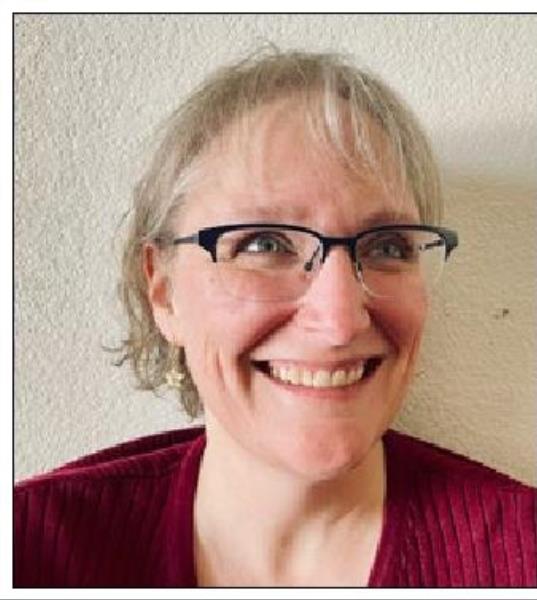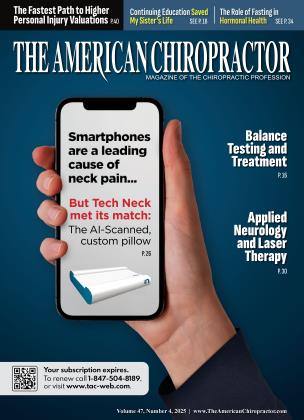In the spring of 1983, chicken pox hit my small town’s elementary school. It wasn’t long before my sister and I both were laid low. Mom managed our itching and fevers with the standard treatments of the time — oatmeal baths, aspirin, and daytime TV.
After a week of chicken soup and popsicles, I was back at school, but my sister wasn’t so lucky. Her symptoms worsened, and she became confused and agitated. When she tried to take a bath while fully clothed one afternoon, my parents rushed her to our nearby clinic.
I have a vague recollection of huddling on a pile of jackets in the comer of the clinic exam room while nurses held my sister down for blood draws. It was dark by the time she was hustled into the ambulance that took her, our dad, and the exceptional diagnosis to the children’s hospital 40 miles away.
Once there, a nurse hurried into my sister’s room with a binder of reference material to prep the healthcare team on the unfamiliar disease. Meanwhile, a doctor pulled my dad aside to talk about the prognosis. He began by saying, “If she makes it through the night... ”
It turns out that we were incredibly lucky. Our family doctor had just returned from a weekend seminar on pediatric illness. In one of the educational sessions, the presenter spoke about new evidence linking aspirin for fevers to an illness called Reye’s syndrome.
It would take another year before that link was published in any major medical journal, but the educators were ahead of the curve. Only a doctor who’d taken that continuing education (CE) seminar knew enough to save my sister’s life.
When I was older, I heard my parents talk about the boy in the hospital room next to my sister’s. He was also a Reye’s case, but he hadn’t gotten treatment in time, and the diagnosis had taken too long.
My sister recovered, and my parents threw out the aspirin. I grumbled about the mountain of toys my sister received and the unfairness of it all. We counted our blessings and moved on. Now that I work with chiropractic continuing education providers, though, I’m in awe of my family’s luck. Did our doctor attend that pediatric seminar simply to meet his license renewal requirements? Did he choose it because he liked the location or it happened to fit his schedule? Was he just really passionate about staying informed and giving his patients his best? Why did our doctor know what tests to run but another child’s didn’t? I know that most of the time continuing education isn’t life changing. However, when you’re sitting in a lecture or clicking through some slides, do you ever consider how that CE might make a difference for your patients? Do you ever wonder what improvements you might make in your patients’ lives because you didn’t stop learning?
When I started this article, I just wanted to share the time that CE provided a miracle for my family. It was an incredible bit of luck, or a blessing, or a crazy coincidence. However, I also think of this article as a “thank you.” Thank you to the educators who give their best to keep practitioners sharp and informed about the latest healthcare research. Thank you to the doctors who are smart enough to learn it.

Kelly Webb has been with the Federation of Chiropractic Licensing Boards for 20 years. She is responsible for coordinating the PACE continuing education program, developing and maintaining the FCLB websites, and for assisting with writing and correspondence needs of the Federation. For more information email, [email protected], call 970356-3500 or visit PACEX.fclb.org.
 View Full Issue
View Full Issue









